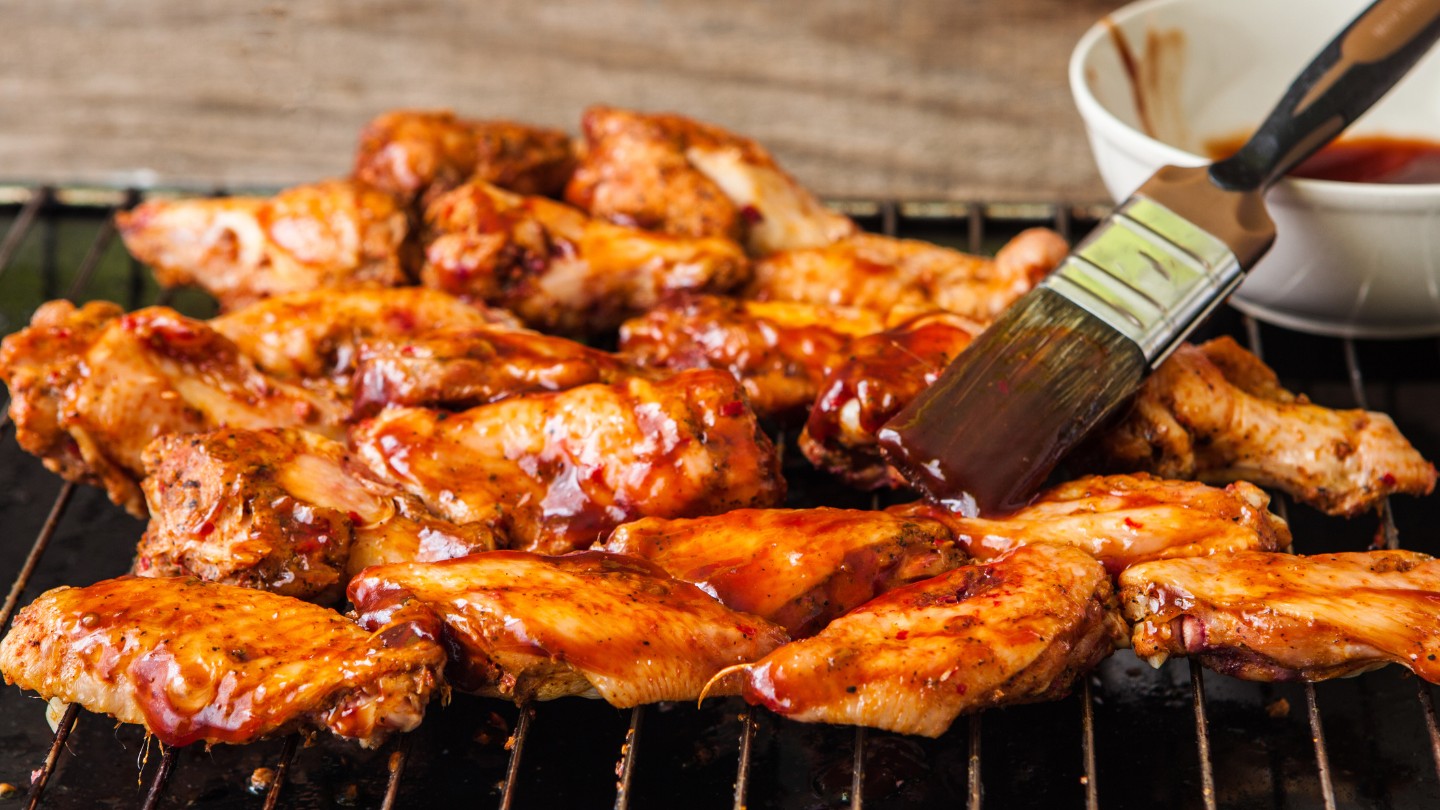

Articles
How To BBQ Right
Modified: January 18, 2024
Learn all about BBQ techniques, tips, and recipes in these informative articles. Discover how to BBQ right and become a grilling master today!
(Many of the links in this article redirect to a specific reviewed product. Your purchase of these products through affiliate links helps to generate commission for Storables.com, at no extra cost. Learn more)
Introduction
Barbecue, also known as BBQ, is more than just a way of cooking food – it’s a cherished tradition that brings people together. Whether it’s a summer cookout, a backyard party, or a weekend family gathering, BBQ has a way of creating memories and leaving taste buds satisfied.
But to truly BBQ right, it’s important to understand the fundamentals of this culinary art form. From choosing the right equipment to selecting the perfect cut of meat, every step in the process plays a crucial role in achieving mouthwatering results.
In this article, we will dive into the step-by-step guide on how to BBQ right. You’ll learn all the essential techniques, tips, and tricks to become a BBQ master in your own backyard. So, grab your apron, fire up the grill, and let’s get started on this flavorful journey!
Key Takeaways:
- Mastering the art of BBQ involves choosing the right grill, selecting the perfect cut of meat, and mastering cooking techniques. It’s a flavorful journey that brings people together and creates lasting memories.
- From prepping the grill to adding smoke flavor with wood chips, achieving the perfect BBQ requires patience, skill, and attention to detail. Embrace the joy of creating delectable BBQ delights and savor the satisfaction of mastering the art of BBQ.
Read more: How Long To BBQ Hamburgers
Step 1: Choosing the Right BBQ Grill
When it comes to BBQ, having the right equipment is essential. Whether you’re a seasoned pitmaster or just starting out, selecting the right BBQ grill can make a world of difference in the outcome of your cookout.
There are various types of BBQ grills available, including charcoal grills, gas grills, pellet grills, and electric grills. Each type has its advantages and unique characteristics that cater to different cooking preferences.
- Charcoal Grill: Charcoal grills are popular among purists who value the smoky flavor and authentic grilling experience. They require charcoal briquettes or lump charcoal as fuel and provide high heat for searing meats.
- Gas Grill: Gas grills offer convenience and quick heating, making them a popular choice for those who prefer an easy setup and precise temperature control. They run on propane or natural gas and are perfect for grilling in a hurry.
- Pellet Grill: Pellet grills combine the ease of gas grills with the flavor of charcoal grills. They use wood pellets as fuel, which not only provides heat but also imparts a smoky taste to the food.
- Electric Grill: Electric grills are ideal for those who live in apartments or areas where open flames are not allowed. They are easy to use and require minimal cleanup, making them a convenient option for indoor or outdoor grilling.
Consider your personal preferences, cooking style, and the amount of space you have before selecting a BBQ grill. Also, keep in mind factors like price, durability, and maintenance requirements to make an informed decision.
Once you’ve chosen the right grill, it’s time to move on to the next step: selecting the perfect cut of meat.
Step 2: Selecting the Perfect Cut of Meat
When it comes to BBQ, the cut of meat you choose can greatly impact the flavor, tenderness, and overall enjoyment of your barbecue experience. Each cut has its own characteristics and requires specific cooking methods to bring out its best.
Here are some popular cuts of meat for BBQ:
- Ribeye: Known for its rich marbling, ribeye is a favorite among steak lovers. It’s tender, juicy, and perfect for grilling over direct heat.
- Pork Shoulder: Pork shoulder, also known as pork butt, is a popular choice for pulled pork. It’s a tough cut that becomes tender and flavorful when cooked low and slow.
- Brisket: Brisket is a challenging yet rewarding cut to BBQ. It’s a beef cut from the chest and requires long hours of smoking to achieve that melt-in-your-mouth tenderness.
- Chicken Thighs: Chicken thighs are a forgiving cut that stays juicy during cooking. They work well with various marinades and can be grilled or smoked for a delicious BBQ chicken.
- Ribs: Ribs are a BBQ classic and come in different styles like baby back ribs or spare ribs. They require slow cooking techniques and can be finished off with a glaze or BBQ sauce for a finger-licking experience.
When selecting your meat, look for quality cuts from a trusted butcher or grocery store. Freshness, marbling, and thickness are all important factors to consider. Choose cuts with even marbling throughout the meat, as it adds flavor and moisture during the cooking process.
Additionally, consider the amount of time you have to cook. Some cuts require several hours of slow cooking, while others can be grilled to perfection within minutes. Plan accordingly and choose cuts that suit your cooking style and timeline.
Once you’ve selected the perfect cut of meat, it’s time to move on to the next step: preparing the marinade or dry rub.
Step 3: Preparing the Marinade or Dry Rub
One of the keys to achieving delicious and flavorful BBQ is the marinade or dry rub that you use to season your meat. The choice between a marinade or a dry rub depends on personal preference and the type of meat you are cooking.
Marinades: Marinades are liquid mixtures made with a combination of ingredients like oil, vinegar, citrus juice, herbs, spices, and other seasonings. They help to tenderize the meat and infuse it with flavor. To prepare a marinade:
- Choose your desired flavor profile. For example, you might opt for a tangy and citrusy marinade for chicken or a savory and smoky marinade for ribs.
- In a bowl, mix together the ingredients for your marinade, adjusting the measurements based on your taste preferences.
- Place the meat and marinade in a zip-top bag or a container and let it marinate in the refrigerator for at least a few hours or overnight.
Dry Rubs: Dry rubs are a mixture of dry spices, herbs, salt, sugar, and other seasonings. They create a flavorful crust on the meat when grilled or smoked. To prepare a dry rub:
- Choose a combination of spices and seasonings that complement the flavors of the meat. Common ingredients include paprika, chili powder, garlic powder, onion powder, cumin, and brown sugar.
- In a bowl, mix together the ingredients for your dry rub, adjusting the measurements based on your taste preferences.
- Rub the mixture generously onto the meat, covering all sides and ensuring it adheres well.
Whether you choose a marinade or a dry rub, it’s important to let the seasoning penetrate the meat by giving it enough time to marinate or rest. This allows the flavors to develop and enhances the taste of the final product.
Once your meat is seasoned to perfection, it’s time to move on to the next step: prepping the grill and setting up the heat.
Step 4: Prepping the Grill and Setting Up the Heat
Before you start cooking, it’s important to properly prep your BBQ grill and set up the heat. This ensures that the grill is clean, well-maintained, and ready to deliver optimal cooking results.
Here are some important steps to follow:
- Clean the Grill: Start by thoroughly cleaning the grill grates with a wire brush or grill scraper to remove any residual debris or stuck-on food from previous cooks. This helps prevent flare-ups and ensures even cooking.
- Check for Gas Leaks: If you’re using a gas grill, inspect the gas connections and hoses for any leaks. Apply a mixture of soapy water to the connections and look for bubbling, which indicates a leak. If you detect a leak, tighten the connection or replace the faulty parts before cooking.
- Adjust Ventilation: For charcoal grills, adjust the ventilation by opening or closing the vents to control the airflow and temperature. Opening the vents allows more oxygen in and increases the heat, while closing them restricts airflow and lowers the temperature.
- Preheat the Grill: Preheat the grill to the desired temperature according to the recipe or cooking instructions. This ensures that the grill grates are hot and ready for cooking, helping to prevent sticking and promoting a nice sear on the meat.
Make sure to follow the manufacturer’s instructions for your specific grill model regarding cleaning, maintenance, and preheating. Different types of grills have different methods of heat control and require different prepping techniques.
Once your grill is prepped and heated, it’s time to move on to the next step: cooking techniques and tips for BBQ success.
Read more: How To Build BBQ Island
Step 5: Cooking Techniques and Tips
Cooking the meat to perfection is the heart of a successful BBQ. Understanding the different cooking techniques and implementing some helpful tips can elevate your BBQ game and impress your family and friends.
Here are some cooking techniques and tips to keep in mind:
Direct Heat vs. Indirect Heat:
Direct heat cooking involves placing the meat directly over the heat source. It’s ideal for smaller cuts of meat or when a quick sear is desired. Indirect heat cooking involves placing the meat next to the heat source, allowing for slower and more even cooking. It’s perfect for larger cuts of meat that require longer cooking times. A combination of both techniques can be used for versatility.
Basting and Mopping:
Basting involves brushing the meat with a sauce or marinade during cooking. This helps to keep the meat moist and adds extra flavor. Mopping, on the other hand, involves using a liquid-based seasoning to brush or mop onto the meat to keep it moist and flavorful.
Flip and Rotate:
Flipping and rotating the meat during the cooking process ensures even heat distribution and prevents overcooking or burning. It’s important to monitor the meat closely and adjust the position as needed.
Read more: How To Make BBQ
Using a Meat Thermometer:
A meat thermometer is an invaluable tool for checking the internal temperature of the meat. This helps you determine if it’s cooked to the desired level of doneness. Different types of meat require different internal temperatures for safe consumption.
Basting and Resting:
Once the meat is cooked to perfection, basting it with a sauce or glaze and letting it rest for a few minutes allows the flavors to settle and juices to redistribute. This ensures a moist and flavorful final product.
Remember, practice makes perfect when it comes to BBQ. Experiment with different techniques and flavors to find your signature style. And most importantly, enjoy the process and the delicious results!
Now, let’s move on to the next step: monitoring and controlling the temperature.
Step 6: Monitoring and Controlling the Temperature
Temperature control is crucial in BBQ to ensure that your meat cooks evenly, reaches the desired level of doneness, and retains its moisture. Properly monitoring and controlling the temperature throughout the cooking process is essential for BBQ success.
Thermometers:
Invest in a reliable meat thermometer to accurately monitor the internal temperature of your meat. There are two types of thermometers commonly used in BBQ:
- Instant-Read Thermometer: This type of thermometer gives you a quick temperature reading, allowing you to check the doneness of your meat on the spot. It’s perfect for checking smaller cuts or when you want to monitor the progress.
- Remote Probe Thermometer: A remote probe thermometer consists of a probe that goes into the meat and a separate unit that displays the temperature. This allows you to monitor the temperature without opening the grill, which is especially useful for longer cooks.
Read more: How Much Is Korean BBQ
Zones of Heat:
Understanding the different zones of heat in your grill helps you control the cooking process more effectively:
- Hot Zone: The area directly above the heat source is the hot zone, where you achieve high temperatures for searing and browning.
- Medium Zone: The medium zone is slightly further from the heat source, providing moderate heat for cooking thicker cuts of meat or for indirect cooking.
- Indirect Zone: The indirect zone is farthest from the heat source and offers even, gentle heat for slow cooking or smoking.
Air Vents and Dampers:
For smokers and charcoal grills, air vents and dampers play a vital role in temperature control. Opening the vents allows more oxygen in, increasing the heat, while closing them restricts airflow, lowering the temperature. Adjust the vents according to the desired cooking temperature.
Patience and Adjustments:
Remember, temperature control requires patience and adjustments. It’s normal for temperatures to fluctuate slightly, but regular monitoring allows you to make necessary tweaks to maintain consistent heat.
By carefully monitoring and controlling the temperature, you’ll be able to achieve perfectly cooked, tender, and juicy BBQ. Now, let’s move on to the next step: adding smoke flavor with wood chips.
Step 7: Adding Smoke Flavor with Wood Chips
One of the distinctive features of BBQ is the rich and smoky flavor that it imparts to the meat. Adding smoke flavor elevates the taste and creates that signature BBQ aroma. Wood chips are commonly used to achieve this delicious smokiness.
Read more: How To BBQ Hot Dogs
Types of Wood Chips:
There are various types of wood chips available, each with its own unique flavor profile. Here are some popular choices:
- Hickory: Hickory wood chips provide a strong and robust smoky flavor, making them a classic choice for BBQ. They pair well with beef, pork, and poultry.
- Mesquite: Mesquite wood chips offer a strong and earthy flavor. They are commonly used for grilling beef and impart a rich smokiness.
- Apple: Apple wood chips provide a mild and slightly sweet flavor. They are versatile and work well with a variety of meats, including pork and poultry.
- Cherry: Cherry wood chips offer a mild and fruity flavor. They are perfect for adding a subtly sweet smokiness to pork, poultry, and fish.
- Maple: Maple wood chips provide a delicate and slightly sweet flavor. They work well with poultry and pork, adding a subtle smokiness.
Soaking Wood Chips:
Soaking wood chips before use is a common practice to prevent them from burning up too quickly. Soak the wood chips in water for about 30 minutes to an hour before using them. The moisture from the soaked wood chips creates smoke as it evaporates during cooking.
Adding Wood Chips:
Depending on your grill type, add the soaked wood chips in different ways:
- Charcoal Grill: When using a charcoal grill, scatter the soaked wood chips over the lit charcoal. This allows the chips to smolder and release smoke as the charcoal burns.
- Gas Grill: For gas grills, create a foil pouch filled with soaked wood chips and place it directly on the burner or heat source. As the grill heats up, the pouch will start to smolder and release smoke.
- Smoker: In smokers, place the soaked wood chips directly onto the heat source or in the designated wood chip tray. The heat will gradually release the smoke and infuse the meat with flavor.
Experimenting with Combinations:
Feel free to experiment with different wood chip combinations to create unique flavor profiles. Mixing different wood chip flavors allows you to customize the smoky taste according to your preferences.
Adding wood chips to your BBQ not only infuses the meat with rich smoky flavor but also creates an enticing aroma that will have your neighbors gathering around. Now, let’s move on to the next step: knowing when the meat is done.
Read more: Where Did Mission BBQ Start
Step 8: Knowing When the Meat is Done
Knowing when the meat is cooked to perfection is a crucial skill for any BBQ enthusiast. The cooking time varies depending on the type and thickness of the meat, as well as the desired level of doneness. Here are some indicators to help you determine when your meat is done:
Internal Temperature:
Using a meat thermometer is the most accurate way to check the doneness of your meat. Insert the probe into the thickest part of the meat, away from bones or fat. Here are some target internal temperatures for popular meats:
- Chicken: Cook chicken until the internal temperature reaches 165°F (74°C) for safe consumption.
- Steaks, Roasts, and Burgers: For steaks, roasts, and burgers, the general target temperatures for doneness are as follows:
- Rare: 125-130°F (52-54°C)
- Medium Rare: 135-145°F (57-63°C)
- Medium: 145-155°F (63-68°C)
- Medium Well: 155-165°F (68-74°C)
- Well Done: 165°F (74°C) and above
- Pork: Cook pork until the internal temperature reaches between 145-160°F (63-71°C), depending on the cut.
Visual Indicators:
Aside from using a thermometer, you can also rely on visual cues to determine if your meat is done:
- Color: For steaks and burgers, the color of the meat can provide a general indication of doneness. Rare meat will have a deep red center, while well-done meat will be brown throughout.
- Juices: When you pierce the meat with a fork or knife, the juices should run clear. If the juices are pink or slightly red, the meat may need more cooking time.
- Texture: The texture of the meat can also indicate doneness. For example, a properly cooked steak will feel firm yet tender when touched with a pair of tongs or a fork.
Keep in mind that meat continues to cook even after it is taken off the heat source. Therefore, it’s advisable to remove the meat from the heat a few degrees below your desired final temperature and let it rest for a few minutes. This resting period allows the juices to redistribute, resulting in a juicy and flavorful bite.
With practice, you’ll develop a knack for knowing when your meat is cooked just right. Now, let’s move on to the final step: resting and serving the BBQ.
Step 9: Resting and Serving the BBQ
After all the hard work and anticipation, it’s finally time to enjoy the fruits of your labor. But before you dig in, it’s important to allow your BBQ to rest and properly prepare the meat for serving.
Read more: What To Bring To BBQ Potluck
Resting the Meat:
Resting the meat after cooking is a crucial step that allows the juices to redistribute, resulting in a more tender and flavorful end product. Here’s how to do it:
- Carefully remove the meat from the grill or smoker and place it on a clean cutting board or platter.
- Cover the meat loosely with aluminum foil to retain heat and moisture.
- Let the meat rest for 10-15 minutes, depending on the size and thickness of the cut. Larger cuts may require a longer resting period.
During this resting period, the residual heat continues to cook the meat slightly, so keep that in mind when determining the desired level of doneness.
Slicing and Serving:
When it comes to slicing the meat, it’s important to consider the grain and the type of cut:
- Steaks: For steaks, slice against the grain to break up the muscle fibers and ensure tenderness.
- Poultry: When it comes to chicken or turkey, separate the meat into individual pieces or slice it across the grain as desired.
- Pork and Brisket: For larger cuts like pork shoulder or brisket, slice against the grain to ensure tenderness. The grain may change direction throughout the meat, so adjust your slicing accordingly.
Once the meat is sliced, transfer it to a serving platter and garnish it with any desired sauces, glazes, or additional seasonings. Be sure to provide an assortment of BBQ sauces, condiments, and sides to accompany the mouth-watering meat.
Now, it’s time to gather your family and friends, serve the BBQ, and enjoy the delicious flavors and the satisfaction of a job well-done. Remember, BBQ is not just about the food but also the experience and the memories created with loved ones.
Congratulations! You’ve now learned how to BBQ right from start to finish. Let the BBQ adventures continue and embrace the joy of creating delectable BBQ delights in your own backyard!
Conclusion
Barbecue, with its tantalizing flavors and ability to bring people together, is truly a beloved culinary art form. Mastering the art of BBQ requires a combination of knowledge, skill, and passion. In this comprehensive guide, we’ve explored the essential steps to help you BBQ right, from choosing the right grill to serving up a mouthwatering feast.
By selecting the right BBQ grill, whether it’s charcoal, gas, pellet, or electric, you can tailor your cooking experience to your preferences and needs. Choosing the perfect cut of meat is key to achieving succulent and delicious BBQ. The marinades and dry rubs you create will infuse your meat with flavors that will leave your taste buds craving more.
Prepping the grill and setting up the heat is a vital step in ensuring a successful BBQ cookout. Monitoring and controlling the temperature will help you achieve optimal cooking results and prevent under or overcooking. Adding smoke flavor with wood chips is the secret ingredient to creating that authentic BBQ taste that everyone loves.
Knowing when the meat is done, whether by using a meat thermometer or visual indicators, is essential for achieving the perfect level of tenderness and doneness. And let’s not forget the importance of resting the meat before slicing and serving. This crucial step allows the flavors to settle and the juices to redistribute, resulting in a mouthwatering dining experience.
In the end, BBQ is not just about the food; it’s about the joy of gathering with loved ones, creating memories, and indulging in the delicious flavors that come from the heart and the grill. So fire up the BBQ, unleash your creativity, and savor the satisfaction of mastering the art of BBQ.
Remember, BBQ is a journey of exploration and experimentation. Don’t be afraid to try new techniques, flavors, and recipes. Embrace the process, have fun, and enjoy the smoky and savory rewards that come with learning how to BBQ right.
Frequently Asked Questions about How To BBQ Right
Was this page helpful?
At Storables.com, we guarantee accurate and reliable information. Our content, validated by Expert Board Contributors, is crafted following stringent Editorial Policies. We're committed to providing you with well-researched, expert-backed insights for all your informational needs.
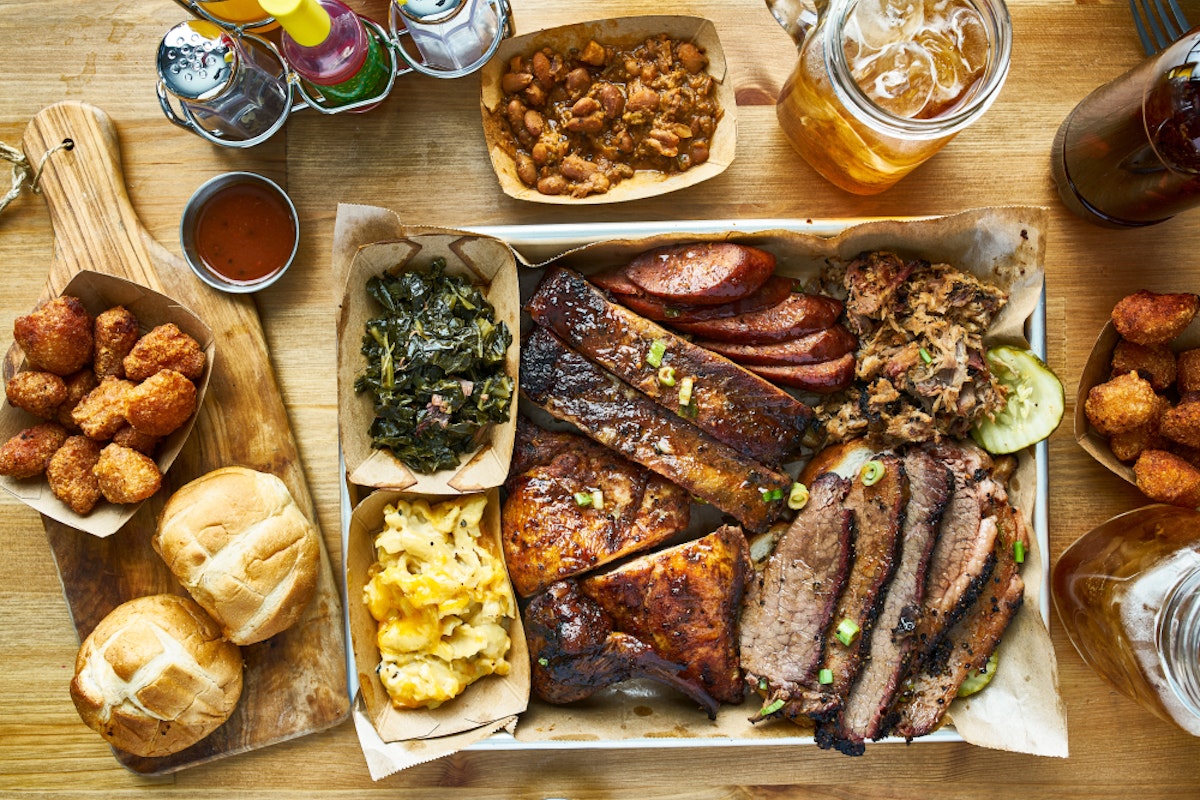

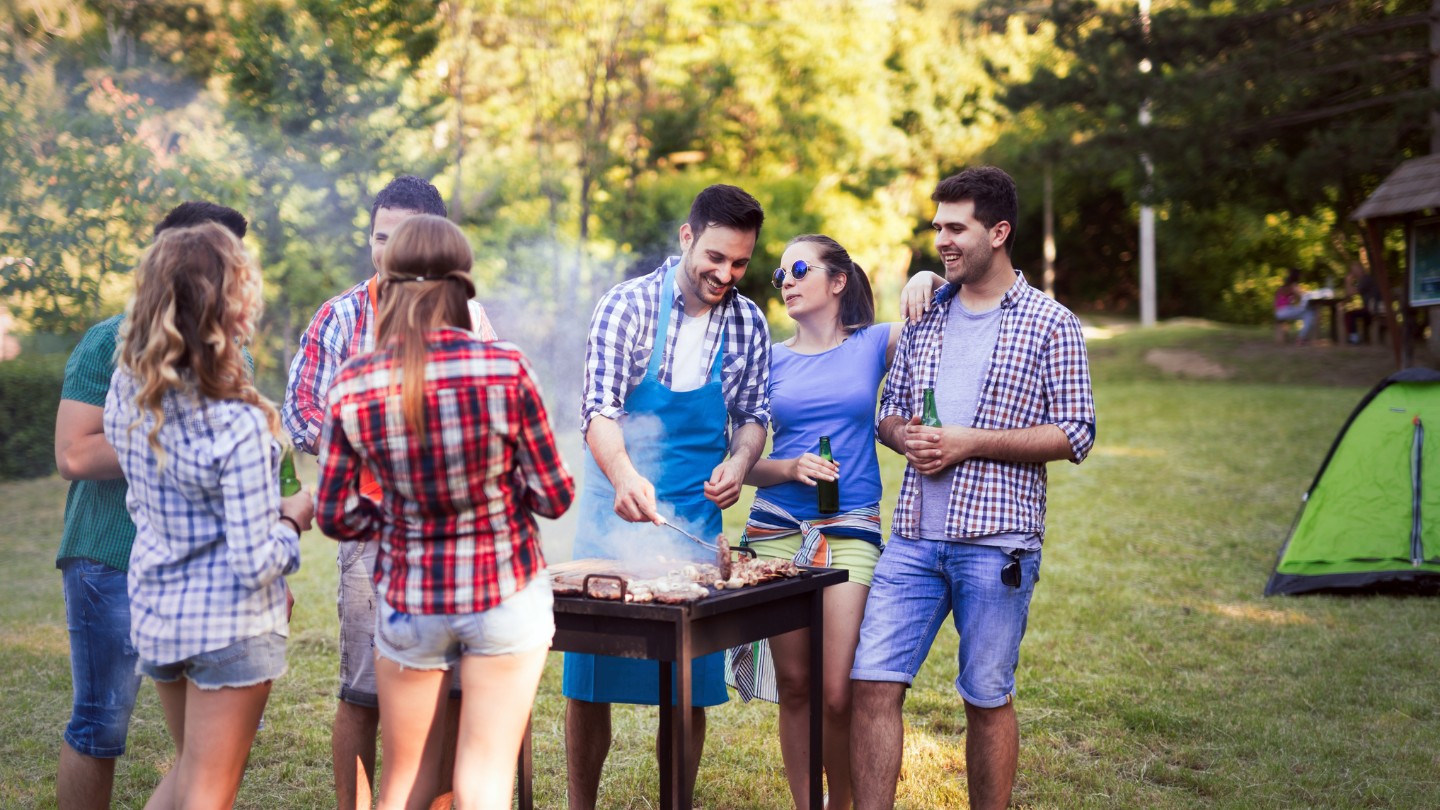

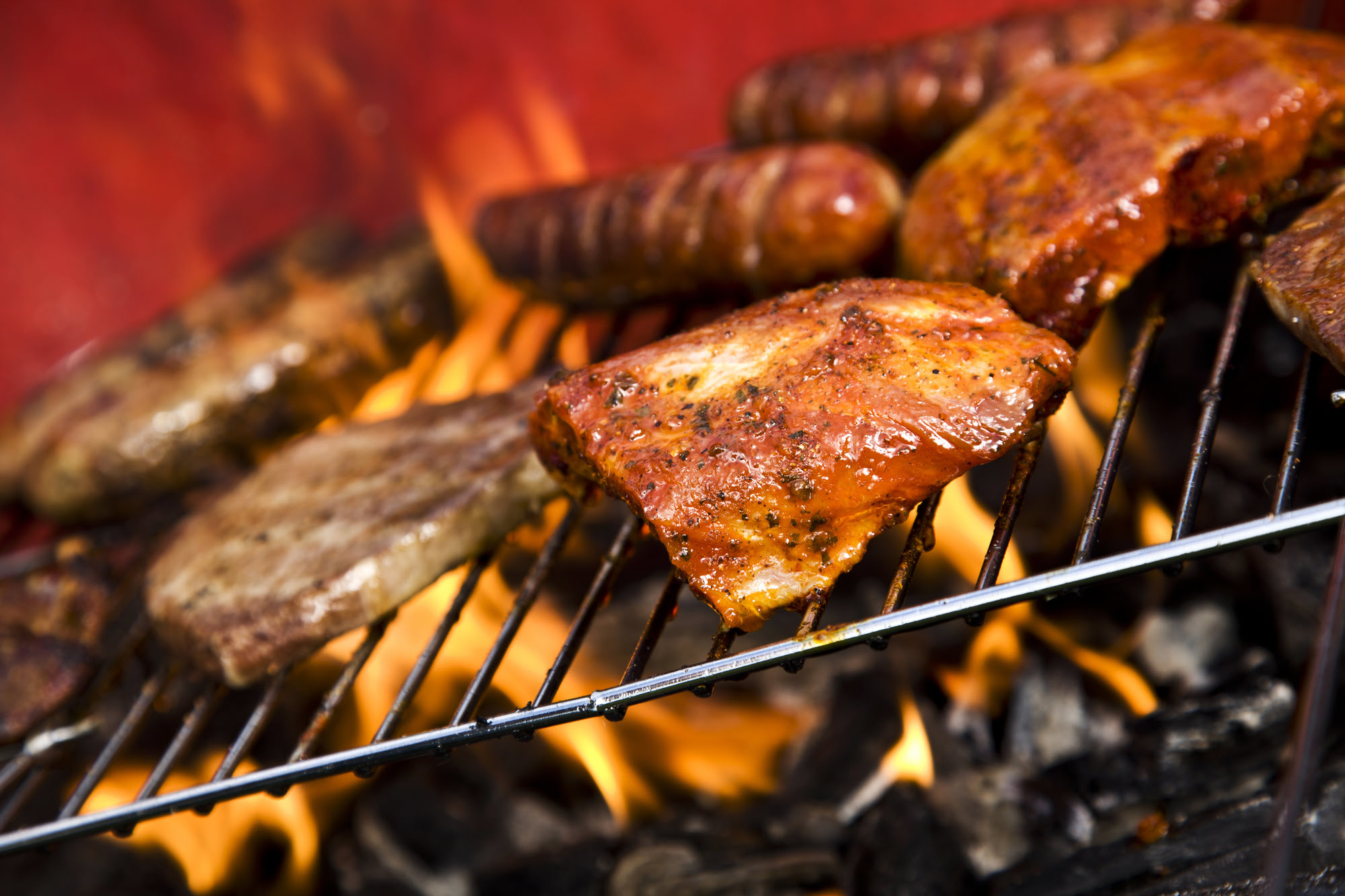
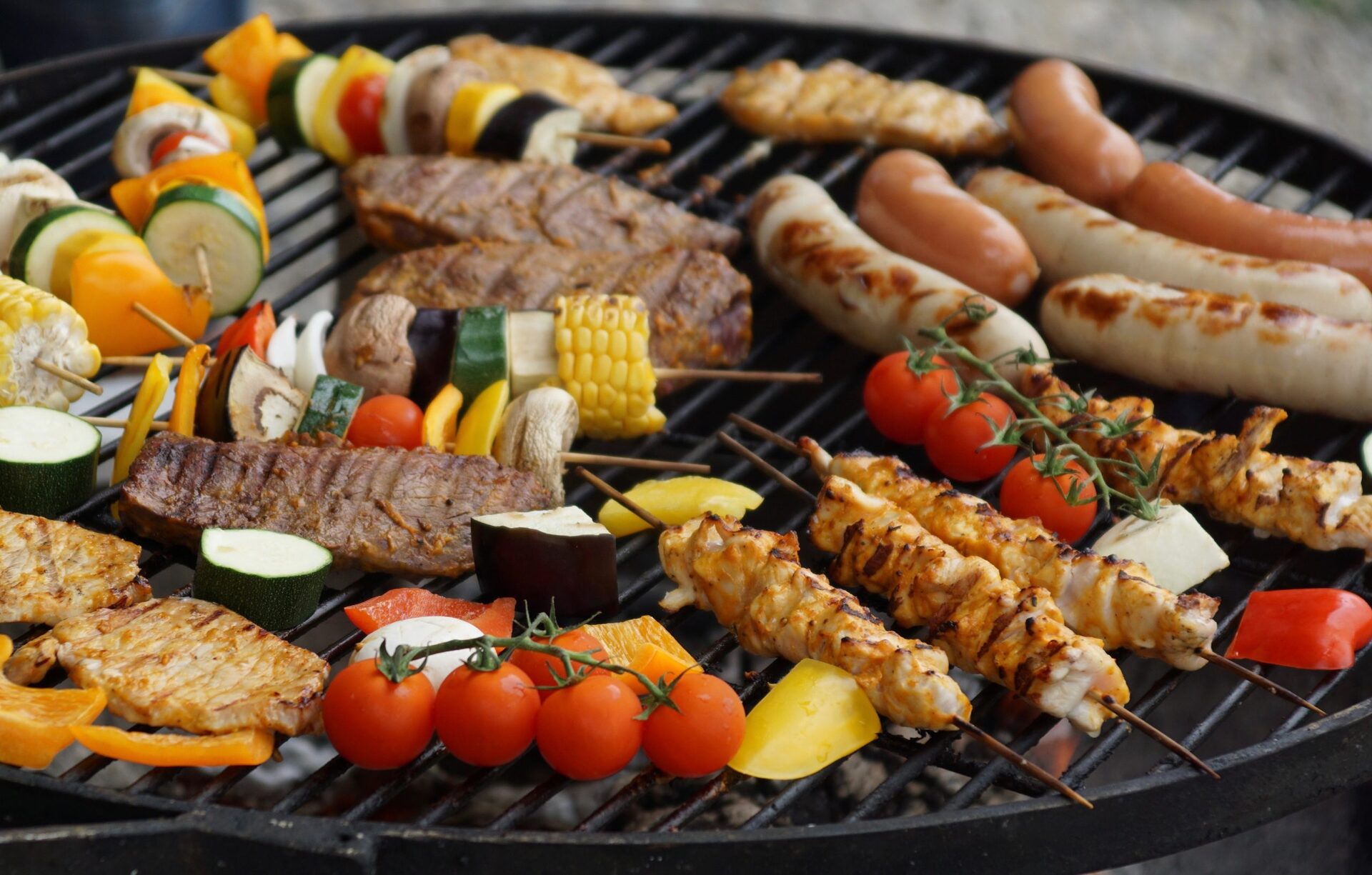
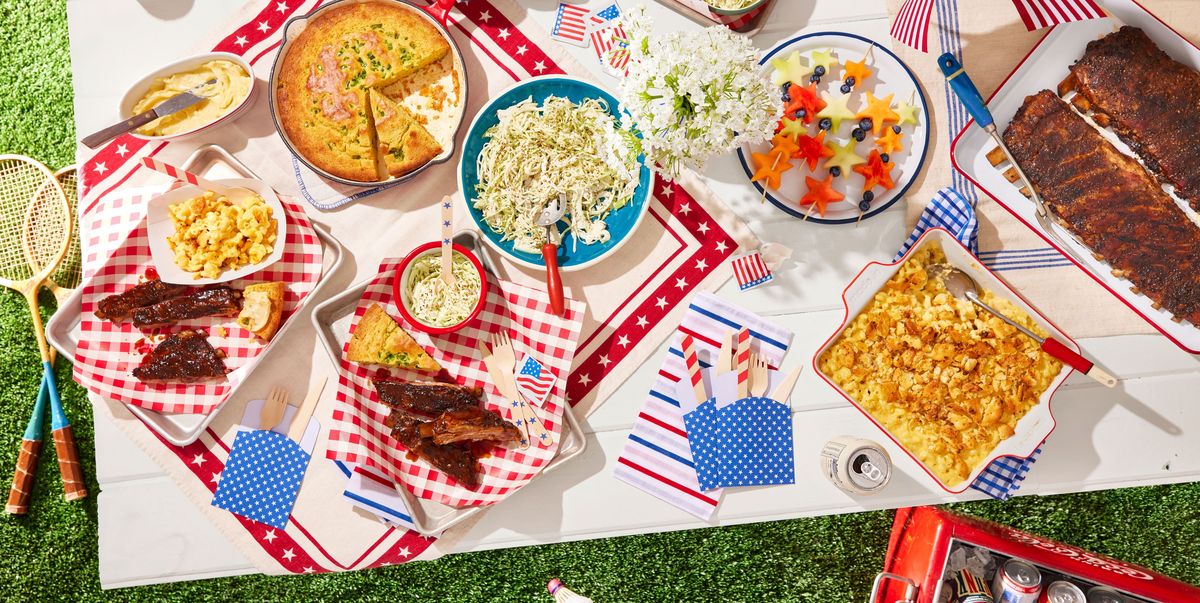
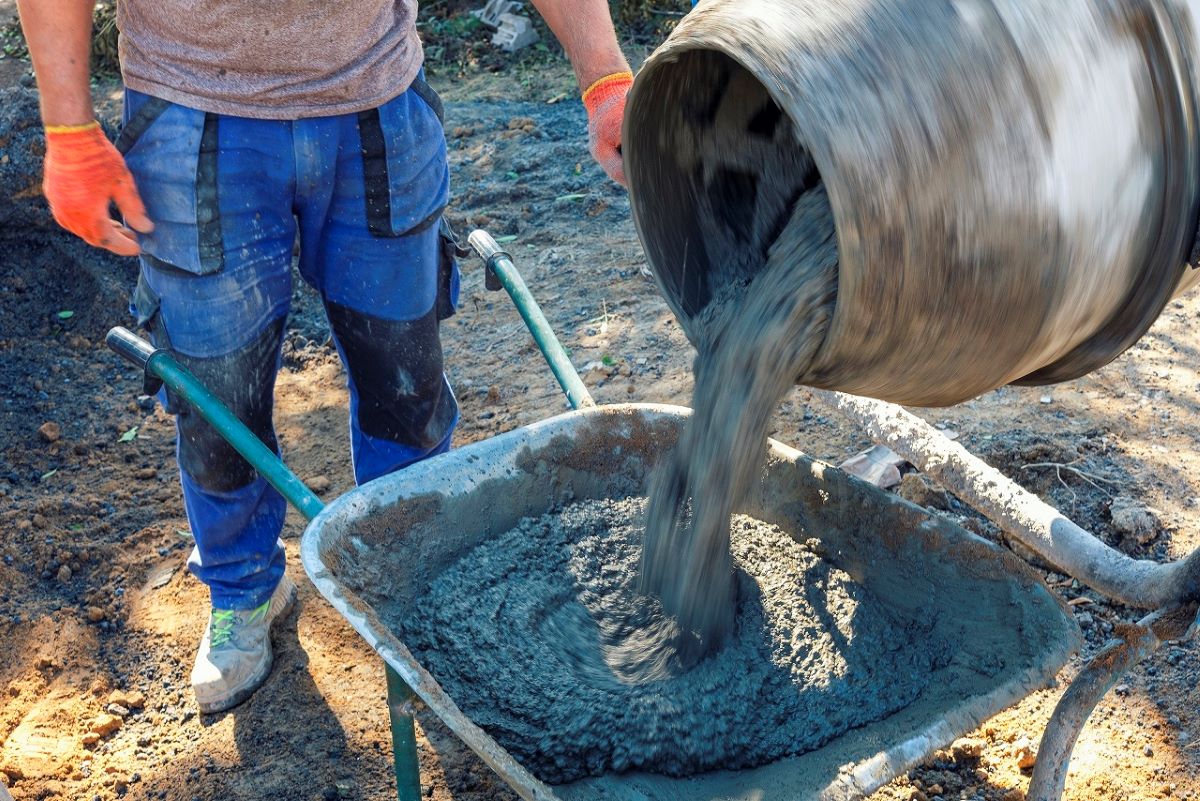
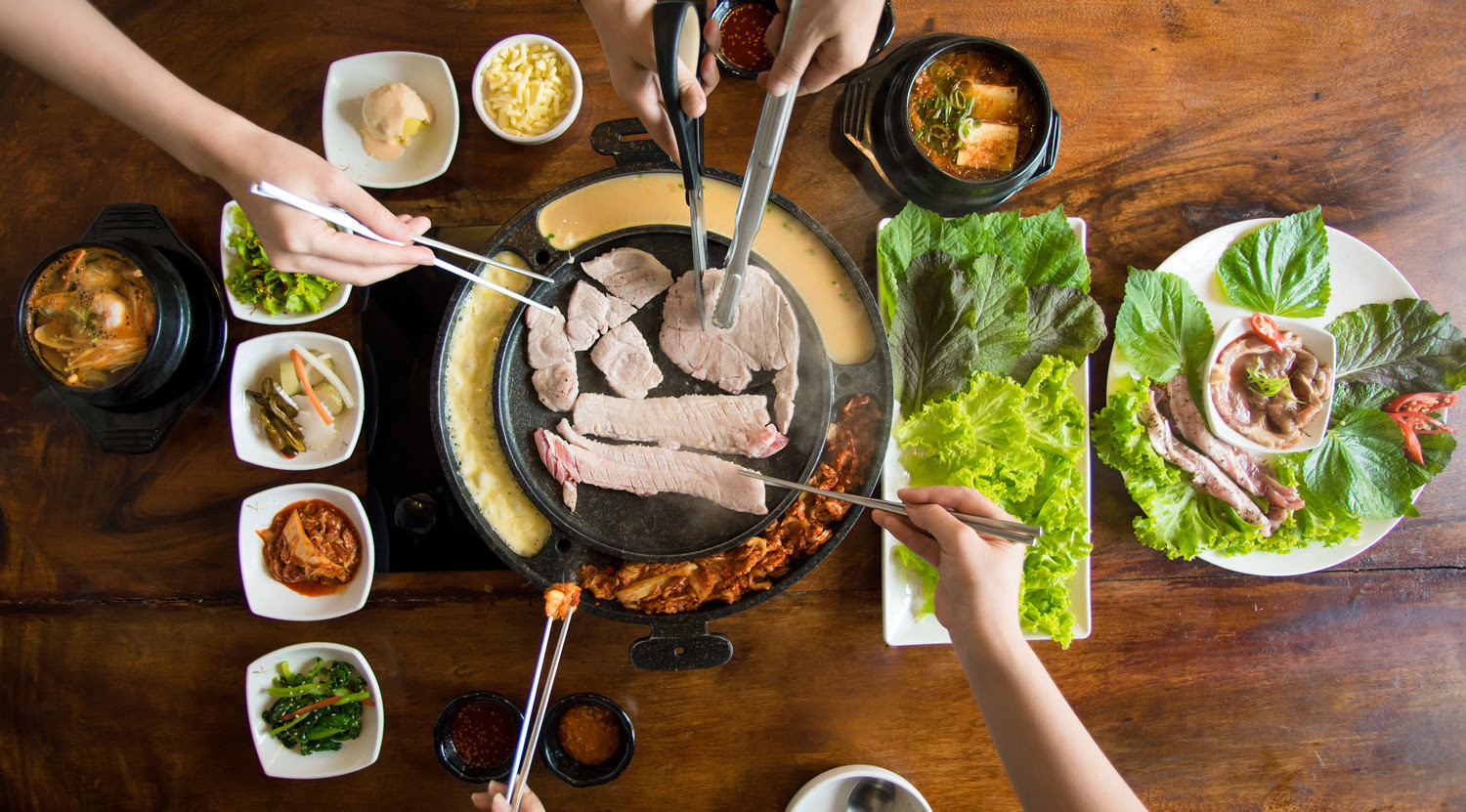

0 thoughts on “How To BBQ Right”